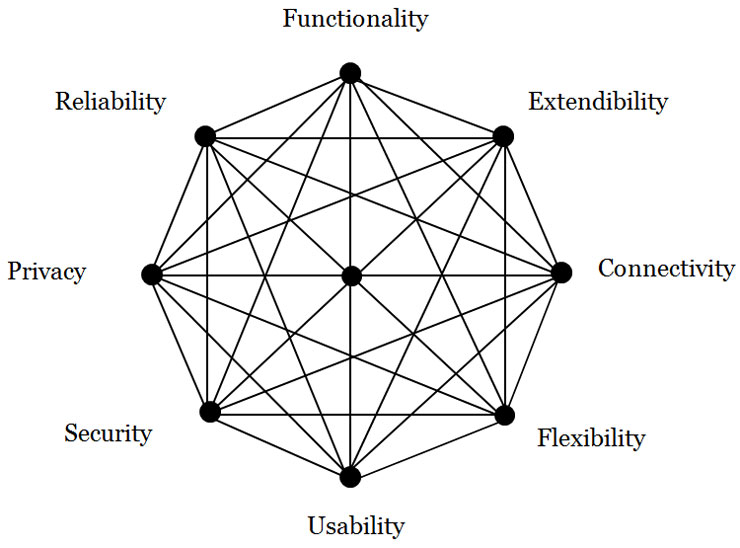
Figure 2.3 shows the web of system performance (WOSP), which is a general system design space where the:
- Area reflects the overall system performance.
- Shape reflects the requirement weights.
- Lines reflect the requirement tensions.
In performance, taking opportunities is as important as reducing risk (Pinto, 2002). So the WOSP space has four active requirements that are about taking opportunities and four passive ones that are about reducing risks. The active requirements are: functionality, flexibility, extendibility, connectivity. The passive requirements are: security, reliability, privacy, usability.
The weightings of each requirement vary with the environment, e.g. security is more important in threat scenarios and extendibility more important in opportunity situations.
The requirement criteria of Figure 2.3 are logically modular, so they have no inherent contradictions, e.g. a bullet-proof plexi-glass room can be secure but not private, while encrypted files can be private but not secure. Reliability provides services while security denies them (Jonsson, 1998), so a system can be reliable but insecure, unreliable but secure, unreliable and insecure or reliable and secure. Likewise, functionality need not deny usability (Borenstein & Thyberg, 1991) or connectivity privacy. Cross-cutting requirements (Moreira et al., 2002) can be reconciled by innovative design.